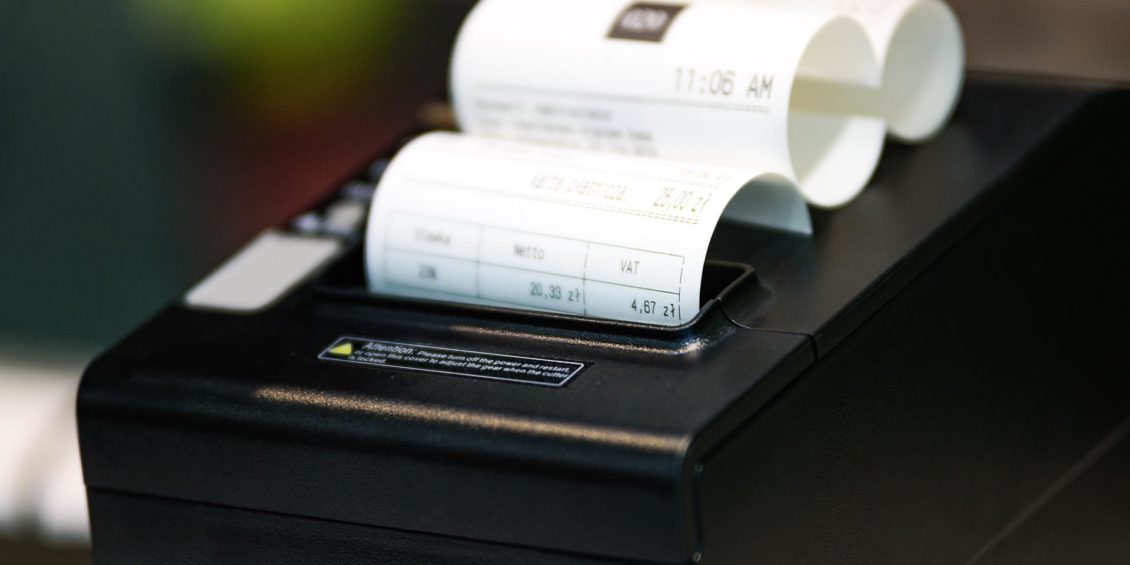
Remember when Amazon dropped its ‘returnless refunds’ policy way back in 2017? Online retailers were in an uproar. The new policy allowed customers to claim refunds for items they didn’t have to ship back… just who could compete with a policy like that?
Even though participation was optional, many sellers speculated that the policy set a bad precedent for refunds in much the same way their free two-day shipping had threatened beforehand. Some sellers asserted Amazon’s heavy-handed policies would train consumers to expect unreasonable shipping and return standards that frustrate competitors who lack the Amazon infrastructure.
However, now that some time has passed, we should ask: what were these policies? What impact did they really have, and did they turn out to be the doomsday event retailers predicted?
What are the Policies?
Let’s be clear, returnless refunds have been an Amazon staple for a few years now. They are offered as an ‘opt-in’ practice for third-party sellers on the Amazon Marketplace.
Amazon sellers have many more options than past predictions would suggest. They have the option to allow for returnless refunds on all products or just a few. If a customer requests a returnless refund on a participating item, Amazon will automatically authorize that refund on the seller’s behalf. In fact, customers can initiate that process directly through Amazon, without the seller’s input.
Concurrently, Amazon also facilitates automatic returns through their marketplace, which is not optional for sellers. Amazon only grants exemptions for specific SKUs or other determining criteria.
Why Were Amazon Sellers Upset?
In short, because this practice was outside of the norm.
Normally, sellers would attempt to communicate directly with the customer. The aim would be to iron out a solution before approving a refund. While this is still a great setup, it’s not always realistic in a fast-paced environment like eCommerce.
With returnless refunds, any customer can log into Amazon and print a return label without any input from the seller at all. What’s more, they even get to keep the goods, free of charge. Whatever Amazon’s argument to the contrary, at the very least, this practice ensures that the seller has no contact with the buyer. Thus, any hopes to save a sale are made redundant.
Additionally, sellers are usually unaware that a return is incoming until they receive the notice from Amazon. They’re still expected to process those returns as quickly as possible, though. In this way, the seller’s agency is all but scrubbed from the equation.
This isn’t a problem for Amazon, which has the infrastructure to process returns quickly and can absorb the associated costs. Smaller merchants, however, could chafe under strict return handling operation guidelines.
I can see a scenario in which customer abuse becomes a serious problem. If buyers can complete a purchase, then request a refund with the click of a button and keep the goods ordered, that could create a high risk for abuse.
The Amazon Détente
Did the world end? No. Are sellers still successful on Amazon? Yes.
It’s true that returnless refunds and automatic return approvals place more burden on third-party retailers. However, the practice has made a lot of customers very happy. It’s also saved merchants the trouble of attempting to resell items that are difficult or costly to ship twice. The goal was always to make returns customer-friendly with fewer shipping headaches for sellers.
It’s important to recognize that buyers will get their money back if they really want it. When you don’t make returns easy for them, they’ll just take their complaints to their bank, who will return their funds and hit you with added fees and penalties.
Buyers use chargebacks as a shortcut more often than not. This practice is called friendly fraud, and it’s been a growing problem for years. It costs merchants billions every year. While Amazon’s returnless refund policies can’t weed out the individuals who are using the system to get something for free, it does prevent a lot of the fees and hassles associated with chargebacks and chargeback representment.
Simplify Returns to Prevent Friendly Fraud
Like it or not, merchants who aren’t making their return policies as easy and consumer-friendly as feasibly possible are just begging for chargebacks.
Remember: happy customers don’t file chargebacks.
Of course, optimal service practices are vital at every stage. Aside from simplified returns, are a few ways merchants can improve customer satisfaction, and prevent friendly fraud chargebacks:
- Provide 24/7 customer service: If your business can’t operate 24/7, make sure you have LiveChat or another answering service available at all times.
- Get positive affirmation from the customer: Never assume that a matter is resolved unless the customer confirms that they’re happy with the outcome. A follow-up email to rate their experience is an excellent way to gauge this.
- Be active on social media: This should be obvious by now, but it’s essential that retailers have an active presence on all major social media platforms.
- Identify negative triggers: Regularly review policies and practices with an eye to where improvements can be made.
- Build relationships with customers: Engage customers on a personal level by offering special incentives to regular shoppers. This will build positive feelings toward your brand.
- Keep excellent records: You should be able to retrieve and access a customer’s information swiftly and accurately, in order to better diagnose their issues and serve their needs better. Beyond this, excellent record keeping can help you better determine which customers have a habit of requesting returns, which can aid you if you ever pursue representment.
Adopting a new customer service strategy with more emphasis on customer support can make Amazon’s returnless refund rules work in your favor.
Great service can mean more sales, better customer interactions, and long-term sustainability, all without contributing to increased returns. Believe me: that’s far better than the alternative.
